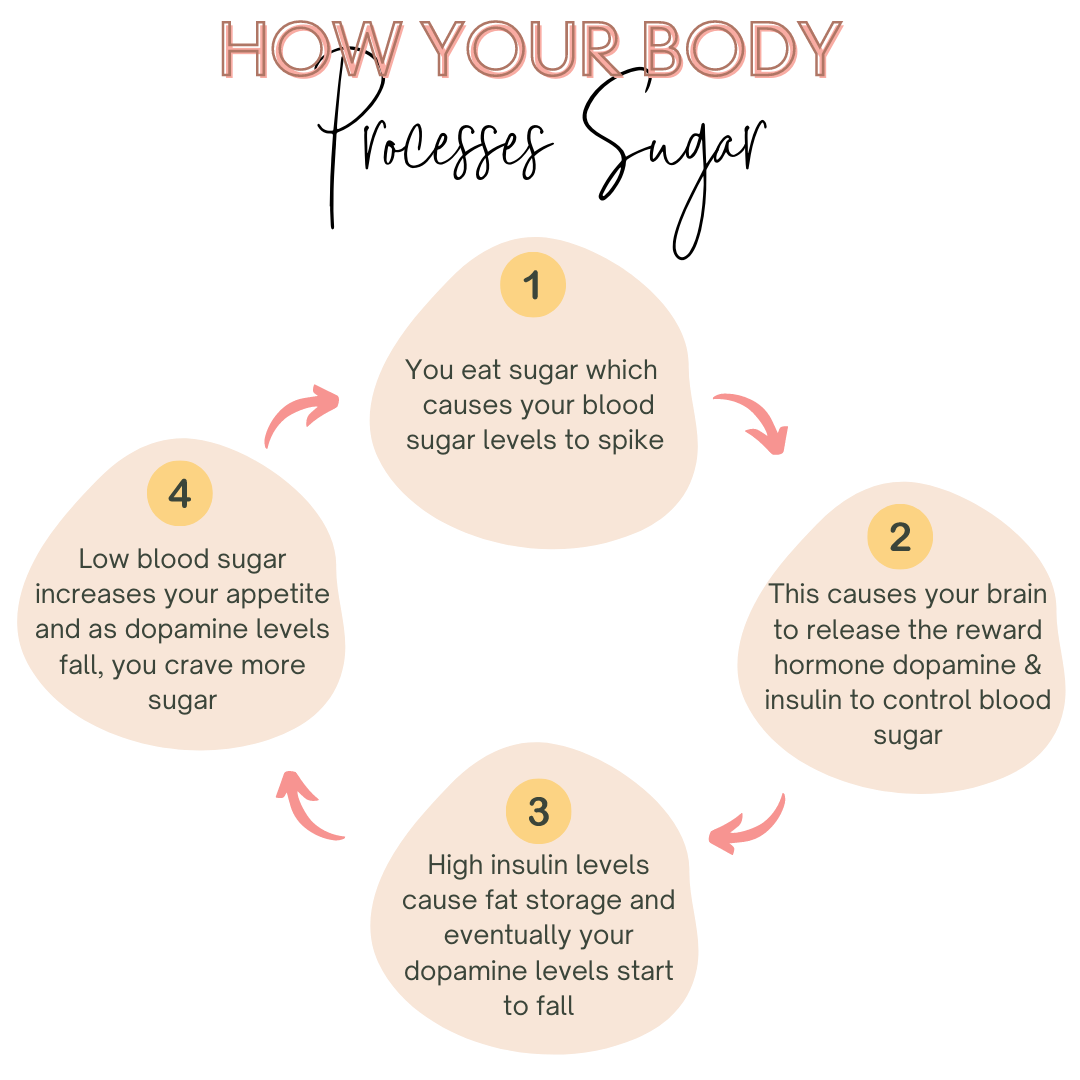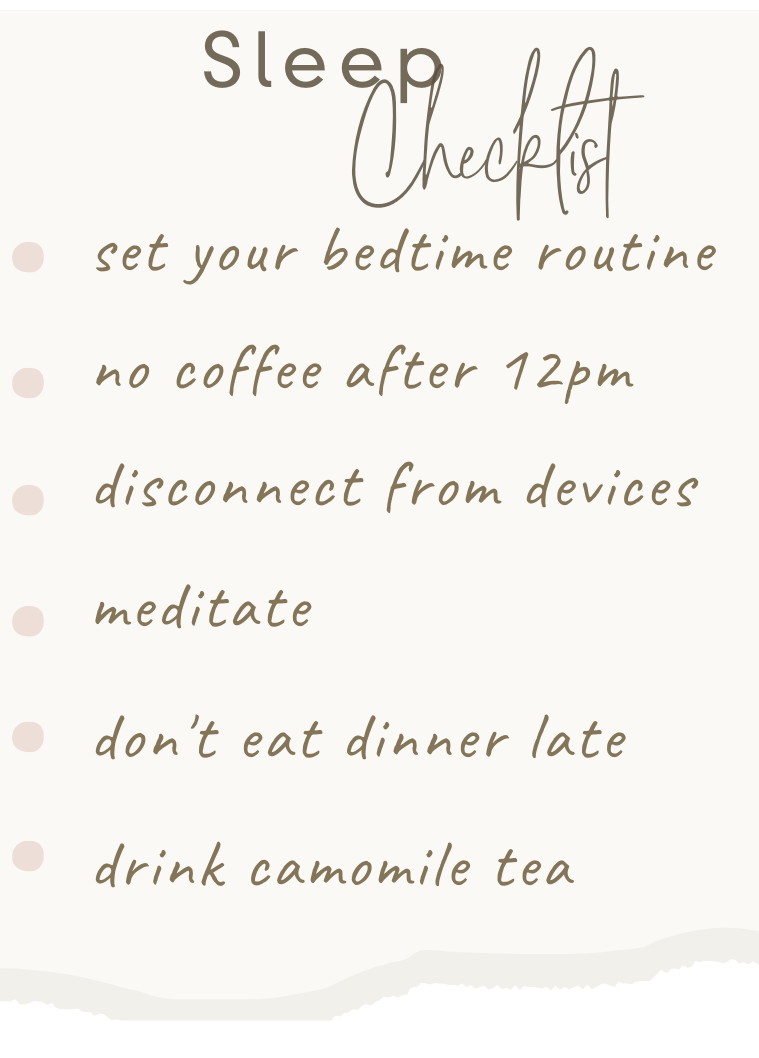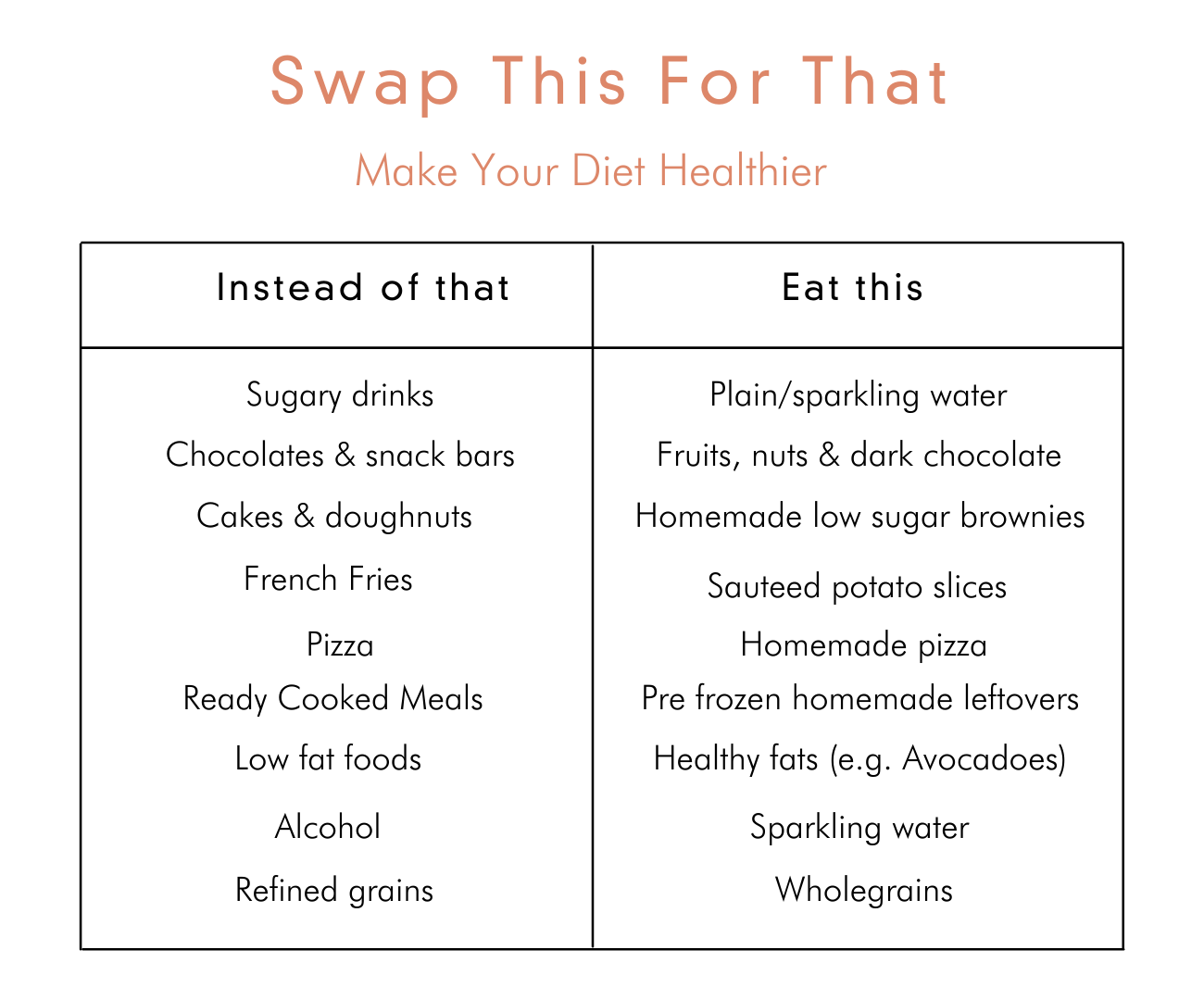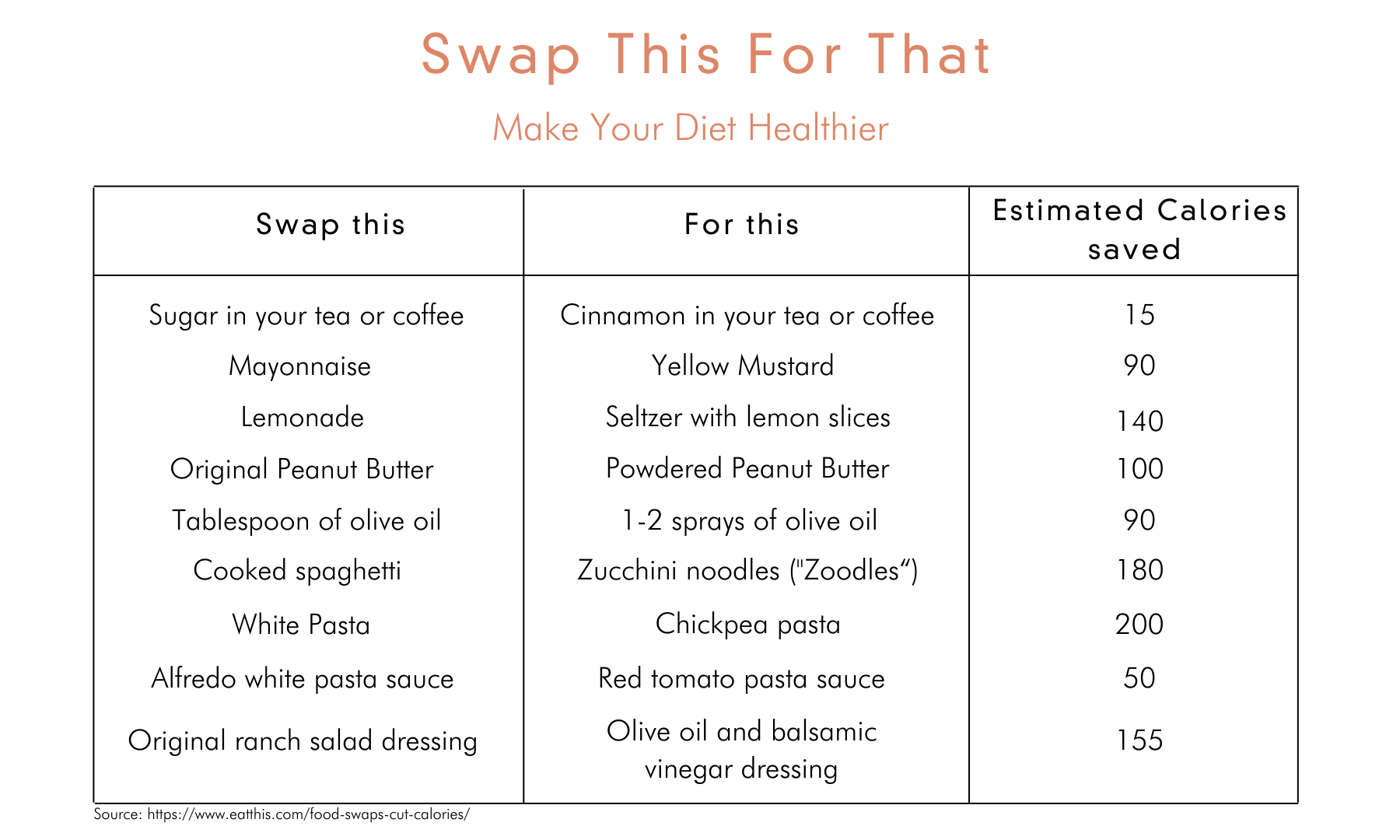Make the perfect pledge
You’re probably thinking there’s no such thing, but taking the time to develop a pledge that is personal and real will motivate you all the more to achieve it! SO, how do you make the perfect pledge to yourself?
1. Make your promise as specific and as personal to yourself as possible
Everyone wants to reduce fat, tone up and stay lean. But there’s so much grey area to this goal that it will make it hard to ever get there - simply because you won't know when you've got there.
Instead, give yourself a specific value you want to achieve - it could be a pre-baby weight or to build discernable muscle all over your body, or to be able deadlift or squat a specific weight.
Remember the goal here is to be as realistic and as honest as possible. No one will see this other than yourself, but being realistic and specific about your goal will keep you motivated to achieve it!
It may not seem like it now, but when it’s 9pm on a cold Friday night and you’re craving a piping hot chocolate fudge brownie with a generous dollop of whipped cream (is your mouth watering too) , your why will motivate you to opt for a sensible bowl of dark chocolate covered almonds instead!
2. Make it emotional
The more you can emotionally engage with your goal, the easier it will be to achieve. The emotional intensity that you're able to attach to your goal will help you to stay consistent when you feel like slipping or stopping.
In order to create an emotional state connected to your goals, ask yourself these 3 questions;
1. What would it mean to achieve this goal?
2. How would I feel if I acheieved it?
3. How would it feel if I never achieved this goal?
The more negative emotions you can connect to 3) and the more positive emotions you can connect to 1) and 2), the more likely you are to stay consistent and stay on-track.
3. Give yourself a target or deadline to reach your goal
Let's be honest, if our teachers didn’t give us homework deadlines, we’d never get that maths homework done! Targets give you something to work towards.
So set yourself a realistic date to achieve your promise based on what your goal is. It could be an upcoming wedding or party, maybe your birthday, or maybe just a random friday at the end of Feb. Whenever you decide to reach your goal by - make it as realistic and specific as possible!
I should mention that this date is not set in stone. Remember that you're on a fitness journey so along the way you might realise you can reach your goals earlier or even later and that is absolutely fine - you’ll learn with your body along the way!
4. Share it with others
If you want some extra incentive, we recommend sharing your goals with your friends and family. The more public your goal, the harder it is to slip.
I'd even recommend scribbling down your promise on a post-it and sticking it on your vanity mirror as using it as a mantra to start your day with! Reminding yourself of your goal will motivate you to keep going!
Alternatively, if you're looking for a support network, we recommend joining our Facebook Community, Raw Beauties, here: https://www.facebook.com/groups/rawbeauties






